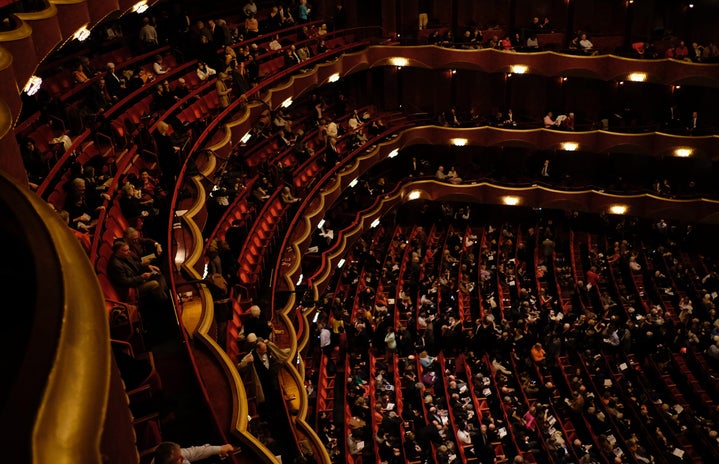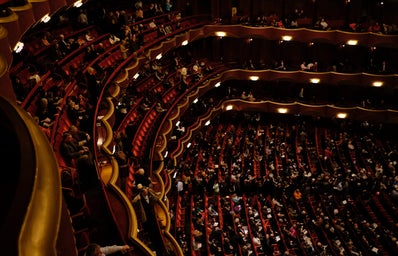Fans know that the “My Hero Academia” series is no longer new. In fact, Season 2 of the anime ends Sept. 30th of this year. However, the anime has only recently made a splash in English-only viewers of the fan community, and the way in which the series has carried itself in its short run so far is possibly revolutionary for the way comics and animation portray superheroes.
The show is set in a superhero high school and features well-known hallmarks any hero-based series might have–a Superman-archetype, epic villains with devious and mysterious plans, and personal challenges that each of the young heroes must face. No series is complete, however, without something new, which is why this alternate world features 80 percent of its population as having a superpower, or “Quirk” as they call it. Adding to this, becoming a superhero in their world is more like becoming a movie star, involving countless hours of work to build your brand in addition to fighting crime in a way that gets the job done and appears flashy enough to gain supporters and fans.
Title: My hero academia :) Image source: http://snap361.com/ig-post/1550408701020474558_5681548632
Its combination and modification of these features make the series unique to others of its kind. Their Superman-type, for example, has a time limit on how long he can use his powers before having to recharge. There are very few hero schools, so admission is as challenging as the Ivy Leagues. Injuries also take a reasonable amount of time to heal and, as many who have experienced severe injuries can attest, could leave lasting scars and issues. For example, the main character repeatedly breaks his fingers while using his powers and this results in one of his hands being damaged and scarred for life. Such an injury is not uncommon for the young heroes as their abilities are still in the experimental stages.
No longer can heroes get away with life-threatening injuries by merely taking special medicines or visiting doctors with heal-all gifts. The characters have to think, critically, about their limitations and consider the consequences of their actions. It may seem like a boring aspect of the work–after all, what is the fun of watching your heroes on high appear mortal? However, “My Hero Academia” makes this the most compelling part of the series. It allows for some of the best character development I’ve seen in ages when it comes to comics and animation. As a result, the lessons that the characters learn through their experiences are long-lasting, meaning that the characters don’t just change immediately after each encounter, but instead grow up and display changes gradually.
The slower approach to development makes the fantasy more believable and allows one to delve deeper into the story. For example (spoilers), Shoto Todoroki shows self-hatred for the powers he inherited from his father’s side and, as a result, tries his best not to use them. It isn’t until a fight with the series protagonist, Izuku Midoriya, that we see him use the powers and only because he is so caught up in the battle that he can hardly restrain himself in an effort to win. Immediately after the fight, Todoroki stops using his paternally inherited gifts again. As the series progresses, his feelings toward them begin to change. He shows how ingrained certain habits can be and how deep traumas can affect one’s life long after they have occurred. This example is not meant to imply that the show is without moments when characters change rapidly, because there are times that they make changes to their habits and behaviors, especially after they characters learned something in class.
Since the series is small and has yet to branch out into other shows via crossovers, the work’s canon has been able to retain much of its continuity between the animation and the manga (comic)–something other hero stories sometimes struggle with (an example being the ever-changing map of DC Comics fictional cities’ locations).
Given that there has been very little uprising in the anime/manga community about the adaptation from the comic form to the small screen, it’s fair to declare that the anime has been faithful to its source material, which is not seen often in the mainstream anime/manga community. My own experience reading the early chapters of the manga has led to the same conclusion.
I highly recommend that those who enjoy superheroes stories, like those told by DC or Marvel. The series is a fresh take on the genre and builds on it in new and exciting ways. It is currently licensed and available to stream on Crunchyroll.

